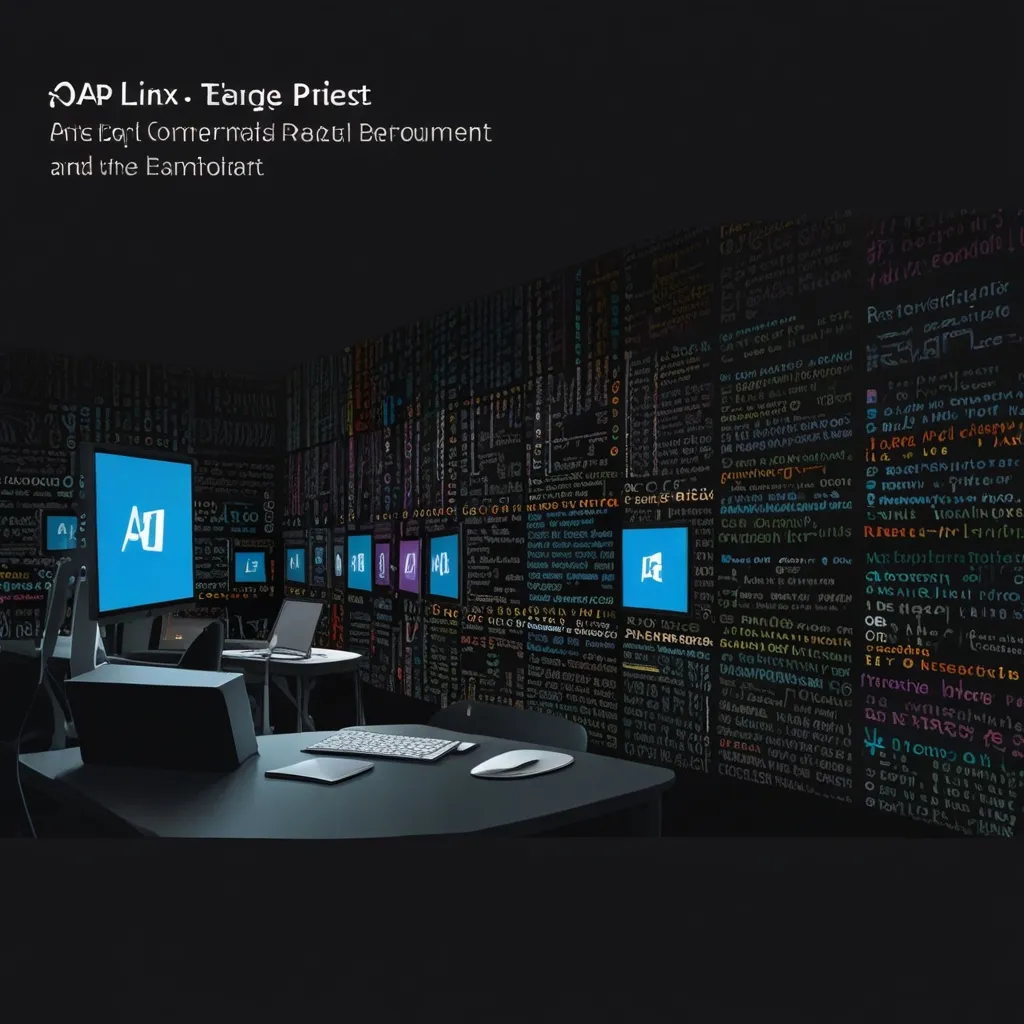If you’re diving into the world of computer vision, chances are you’re going to cross paths with OpenCV. It’s like having a magic toolbox, packed with lots of tools to help us teach machines how to see. The best part? It’s open-source and ready for you to dive in! C++ and OpenCV together are like a dynamic duo, powerful and super effective for serious computer vision tasks. So, let’s embark on this exciting journey with a casual stroll through C++ and OpenCV, and hopefully, by the end, you’ll feel like a computer vision magician.
First things first, OpenCV is a breeze to set up. Grab your computer, fire it up, and download the OpenCV library from the official site. Installation is straightforward, but keep your eyes peeled on those steps—or the placed configurations might just throw you a curveball. Once you’ve got OpenCV tidily tucked into your system, the real fun can begin.
Picture this: you’re on a cool mission to teach your computer to recognize faces. Imagine the possibilities! With OpenCV, it’s not just about coding—it’s about crafting a digital version of Sherlock Holmes inside your machine. Start simple. Load your first image into C++ using OpenCV’s handy imread function. In C++, it’s as easy as:
#include <opencv2/opencv.hpp>
int main() {
cv::Mat image = cv::imread("face.jpg");
if(image.empty()) {
std::cout << "Could not open or find the image!" << std::endl;
return -1;
}
cv::imshow("Display Image", image);
cv::waitKey(0);
return 0;
}
Boom! You’ve just summoned an image to your screen with just a flick of your wand. But, why stop there? Let’s ramp up the magic with some face detection using OpenCV’s HAAR cascades. It’s incredible how it converts complex mathematical operations into a neat, easy-to-use function. It feels like you’re giving your computer eyes!
#include <opencv2/objdetect.hpp>
#include <opencv2/highgui.hpp>
#include <opencv2/imgproc.hpp>
int main() {
cv::Mat image = cv::imread("face.jpg");
if(image.empty()) {
std::cout << "Could not open or find the image!" << std::endl;
return -1;
}
cv::CascadeClassifier face_cascade;
if (!face_cascade.load("haarcascade_frontalface_default.xml")) {
std::cerr << "Error loading cascade file for face" << std::endl;
return -1;
}
std::vector<cv::Rect> faces;
face_cascade.detectMultiScale(image, faces);
for (const auto& face : faces) {
cv::rectangle(image, face, cv::Scalar(255, 0, 0), 2);
}
cv::imshow("Detected Faces", image);
cv::waitKey(0);
return 0;
}
There you have it—your first batch of face recognition, right there on your screen. It’s mind-blowing how a few lines of code allow your computer to pick out faces from an image. It’s like CSI: Tech Edition. As you explore deeper, you’ll find OpenCV filled with functions for edge detection, color transformations, and more.
Playing with videos next? Did someone say action movie? OpenCV eats this task for breakfast. From reading a video stream to capturing frames, you’ll feel like a director in no time. Check this out: it’s all about capturing a live stream from your webcam.
#include <opencv2/opencv.hpp>
int main() {
cv::VideoCapture cap(0);
if (!cap.isOpened()) {
std::cerr << "Error opening video stream" << std::endl;
return -1;
}
while (true) {
cv::Mat frame;
cap >> frame;
if (frame.empty())
break;
cv::imshow("Webcam Feed", frame);
if (cv::waitKey(10) == 27)
break;
}
cap.release();
cv::destroyAllWindows();
return 0;
}
Imagine showing this off to your friends. You’re bound to get some “Wow, you made a webcam program in how long!?” reactions. And the really nifty part? Using the same principles, you can apply real-time face detection on those frames seamlessly.
Onward and upward, apply transformations like the Gaussian blur to images. The magic here is measured in pixels. A little tweak and you can add a soft focus to any picture. It’s like giving your images a professional touch-up without leaving your desk.
cv::GaussianBlur(image, image, cv::Size(15, 15), 0);
A tiny snippet, a massive impact. You don’t even need a magic wand—just a keen eye for detail and an eagerness to experiment. And OpenCV’s functions are well-documented, giving you a goldmine of what you need to keep learning.
OpenCV also ensures you have plenty of flexibility for color manipulation. Want to turn a colorful image to grayscale? Easy peasy, lemon squeezy:
cv::cvtColor(image, image, cv::COLOR_BGR2GRAY);
With just a flick, you’ve transformed a vibrant world into classic monochrome. Every function you come across in OpenCV ties back to complex algorithms and mathematics, yet it allows you to harness those capabilities with basic comprehension of C++ constructs.
Machine Learning (ML) aficionados won’t be left out either when working with OpenCV. From object recognition to image segmentation, the library supports an ever-expanding range of ML algorithms. Enter deep learning. Whether it’s TensorFlow, PyTorch, or even OpenCV’s deep learning module DNN, the possibilities are immense!
Now, about the learning curve. Sure, OpenCV can be a bit overwhelming at first glance. The combination of C++ syntax and the library’s depth demands patience. But hang in there—because once you get the hang of it, it will feel like speaking to a sophisticated image analyst inside your computer.
When I started with OpenCV, watching my first computer-generated bounding box around a face felt like creating fire on a keyboard. It’s a satisfying mix of art, logic, and ISO standard C++ magic. So, add a splash of personal projects. Create a program that counts the number of cookies in a jar image. Train it to spot your pet in a video stream. Challenge the limits of your creativity!
Engaging with communities also helps. OpenCV’s forums and discussions are bustling with enthusiasts ready to share solutions or offer tips. Engaging there can boost your knowledge and introduce you to various practical scenarios you might never face otherwise.
By now, you can see the allure of C++ and OpenCV for computer vision projects. From the foundational basics to innovative high-level systems, it comes down to a world of sights powered by lines of code. Whether you’re enhancing images or teaching machines to understand visuals, OpenCV is your trusted companion, awaiting your command to weave some coding magic.






